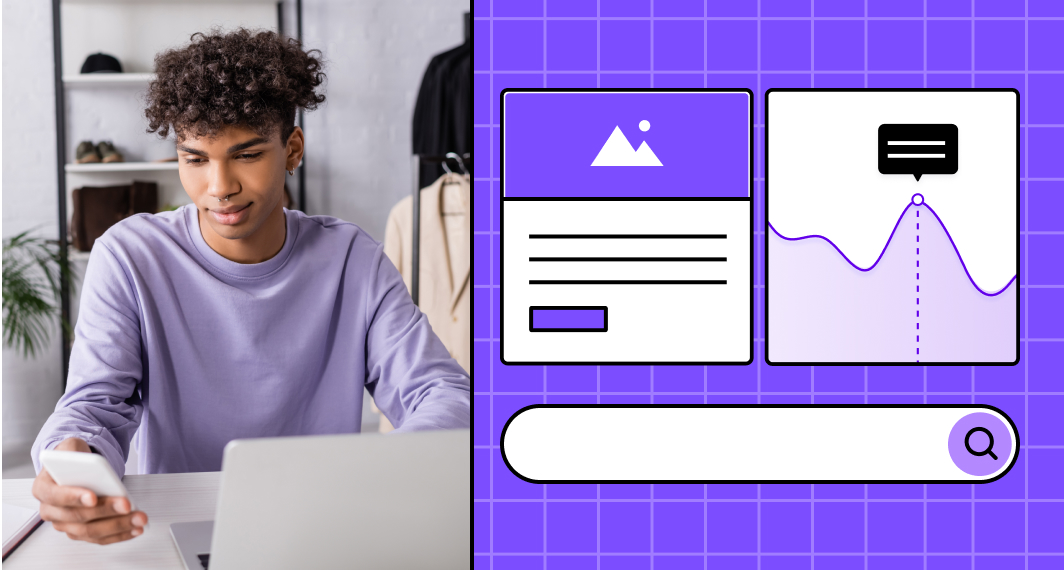What is contactless payment?
Contactless payment is a secure and wireless way to complete transactions. Near-field communication (NFC) technology enables this, meaning there’s no need to physically insert credit or debit cards into payment terminals. Contactless cards leverage this technology as well as payment apps and wearables, making physical checkouts more convenient and hygienic.
Biometric authentication may be required if you’re using a smartphone as your payment device, which essentially functions as a pin number. Contactless payments are also typically subject to lower transaction limits than cash or credit cards.
What is near-field communication (NFC) technology?
NFC technology allows two deices in close proximity to establish a secure wireless connection.
For example, let’s say you’re using a contactless card as your payment device. Using NFC technology, it sends encrypted payment data to the card reader, also know as a payment terminal.
It’s the job of the payment terminal to then process that data and authorise it with the payment network. If all the data is verified, the payment will be completed in a couple of seconds.
What are the main types of contactless payment?
There are five main types of contactless payment, including those enabled by physical cards and by mobile devices. Keep scrolling for a full breakdown:
- Contactless cards - credit or debit cards equipped with NFC technology
- Mobile payment apps - users can store payment data on their mobile device via services like Apple Pay, Google Pay and Samsung Pay
- Wearables - devices like Apple Watch, Fitbit and Samsung Galaxy Watch are also equipped with NFC technology
- QR code payments - Alipay and WeChat Pay allow users to scan merchant QR codes to make payments
- Biometric payments - finger prints and facial recognition can be used to authorise some payments
What are the pros and cons of contactless payment?
Like any payment method, contactless payments have a number of pros and cons. Check out the table below to see them in full:
Pros | Cons |
Convenient - no need to insert card into payment terminal | Limited acceptance - smaller merchants may not support contactless payments |
Fast - checkouts can be completed more seamlessly | Transaction limits - contactless payments often have a low cap |
Secure - reduces risk of card skimming | Accidental payments - NFC technology may enable accidental/unwanted payments when multiple payment terminals are present |
Hygienic - no need for customers to make physical contact with card readers | Fraud - contactless cards can be used freely without pin or biometric verification |
What key steps do retailers need to follow to accept contactless payment?
Because contactless payments deliver more seamless checkout experiences and help you serve customers faster, it’s worth investing in technology that supports them. Here’s how you can do that:
- Invest in NFC-enabled payment terminals - upgrade existing card readers to termimnals that can process the main types of contactless transactions in your location
- Display contactless payment symbols- place visible signs at the checkout area indicating you accept contactless payment
- Train your staff - ensure team members know that contactless payment is an option and are able to instruct customers on how to successfully make payments
By doing this, your business will be ready to reap the benefits of contactless payment and improve the overall customer experience.
Get a free app prototype now!
Bring your software to life in under 10 mins. Zero commitments.


 Facebook
Facebook X
X LinkedIn
LinkedIn YouTube
YouTube Instagram
Instagram RSS
RSS


